Remembering Hassan Tehrani Moqaddam, architect of Iran’s missile program
By Yousef Ramazani
Sunday marked the 12th anniversary of the martyrdom of Hassan Tehrani Moqaddam, the ‘father of Iran's missile program’ and a legendary military strategist who was ahead of his time.
Tehrani Moqaddam was born in 1959 in Sarcheshmeh, a neighborhood in central Tehran, where he graduated from high school in 1977.
In 1979, he earned a Bachelor's degree in mechanical engineering from Sharif University of Technology, and two years later Master's degree in industrial engineering from Khajeh Nasir al-Din Toosi University.
At the age of 21, when the Islamic Revolution Guards Corps (IRGC) was established, Tehrani Moqaddam joined the intelligence of the third region in northern Iran as a young cadet.
After the successful Samen-ol-A'emeh operation in 1981, which resulted in the liberation of Abadan city in southwestern Khuzestan province from the Iraqi Baathist aggressors, he felt the need to bolster the country's fire support on the front lines.
This motivated him to prepare a plan to address the issue that he sent to Hassan Bagheri, the then-IRGC intelligence chief. Based on the proposal pitched by Tehrani Moqaddam, the IRGC artillery corps and the artillery research center in Ahvaz were founded.
Tehrani Moqaddam was one of the leading figures in the establishment of the IRGC artillery, using 155 mm and 130 mm traction shells, as well as Portuguese 105 mm shells.
In the mid-1980s, Iraq, backed by the Western states, intensified its missile attacks against Iranian cities, and Iran was trying to make up for its weakness in missile defense with the help of a few foreign allies.
Based on the acquired technology, the IRGC under his management began to develop the first indigenous missiles and succeeded in firing Iran's first missile at the Iraqi city of Kirkuk in March 1985.
The second missile hit the 18-story bank building in Baghdad, and the next missile hit the Iraqi army officers' club in the same city, killing around 200 Baathist military commanders.
Tehrani Moqaddam was appointed Missile Commander of the IRGC Air Force in 1986, and a few months later, he helped establish the first missile unit of the Lebanese Hezbollah resistance movement.
During the last two years of the war, he played a key role in developing Nazeat, a short-range tactical ballistic missile or rocket artillery system, along with Oghab, one of the first of its kind in the country.
After the war, he continued to lead the development of Iran's missile industry, enhancing range, destructive power and technological capabilities, resulting in the Shahab and Zelzal missile series.
In the 1980s, Iran had Oghab with 45 km and Nazeat with a 100 km range, which later paved the way for medium-range ballistic missiles by the late 1990s, and many new models followed in the following decade, including Ashura and Sejjil.
Over the years, Iran has emerged as one of the leading missile powers in the world, with a wide array of missiles that can decimate the country’s enemies, including the illegitimate Zionist entity.
Tehrani Moqaddam was martyred on November 12, 2011, along with 16 other comrades, at the Amir al-Mu'minin garrison in Malard, the city west of the Iranian capital of Tehran.
An accidental explosion destroyed one of the base's buildings which served as a missile arms depot, and was caused by incautious moving of high-explosive munitions.
Although Iran's enemies tried to score political points by speculating that the accident was the result of the involvement of their spy services, Iranian officials ruled out any possibility of sabotage.
Tehrani Moqaddam and his fallen colleagues were buried with the highest state honors at the Behesht-e Zahra cemetery in Tehran.
At a commemorative function in Tehran earlier this week, General Majid Mousavi, the second-in-command of the IRGC Air Force, paid glowing tributes to Tehrani Moqaddam and his legacy.
"In the days following the martyrdom of Hassan Tehrani Moqaddam, a picture of him was published with a thought-provoking sentence underneath. Perhaps at that time, no one paid much attention to this sentence, but now it has become very meaningful," he remarked.
"That sentence was: 'Martyr Hassan Tehrani Moqaddam is a nightmare for the Zionist regime forever.' We see this reality today in the geography of resistance. In the holy lands that are now guided by Iran's leadership and have taken a leading role in defending the Islamic Revolution."
Iran’s strong missile and space program today is part of the great commander’s illustrious legacy.
'Capitulation': Israeli officials and media concede Gaza defeat as truce unfolds
'Gaza has won': Social media users react to ceasefire with mix of relief, joy
Iran seeks South Korea’s assistance for AI, fiber-optic projects
VIDEO | Iran's 'Eqtedar' (Power) maneuver
Israel hits HTS military target in Syria for 1st time since fall of Assad
VIDEO | Press TV's news headlines
Israel has slaughtered 13,000 students in Gaza, West Bank
VIDEO | More Zionist than Zionists: Biden’s legacy to be defined by Gaza genocide


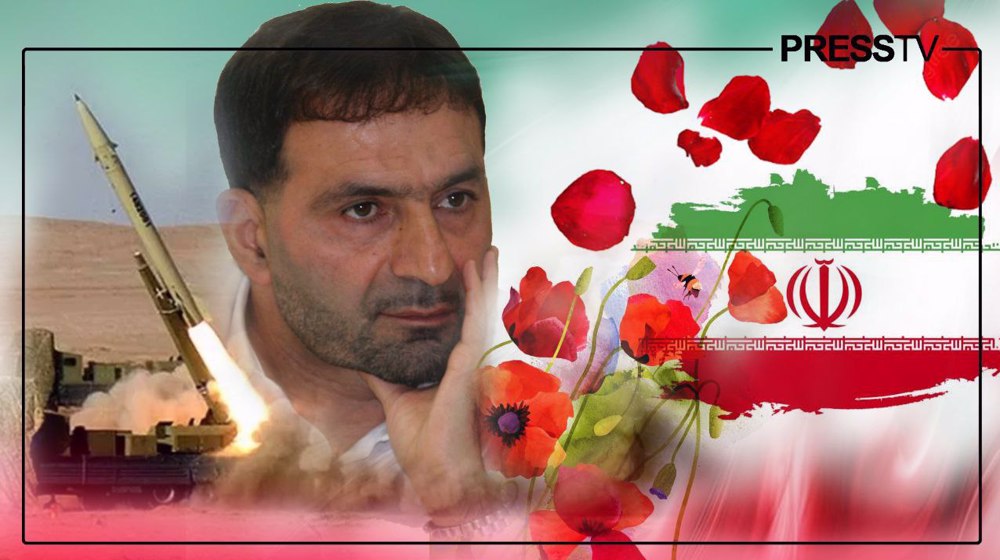
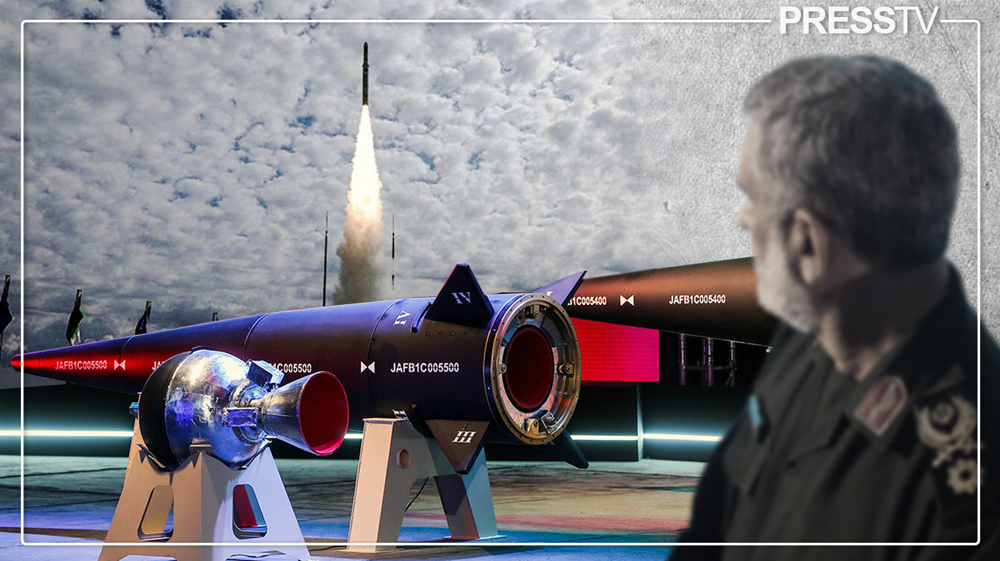
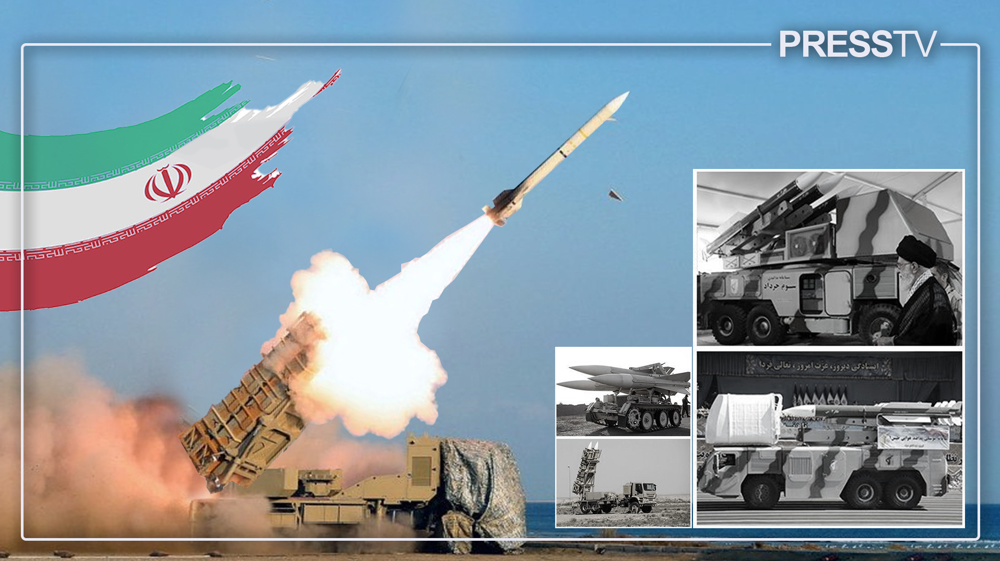
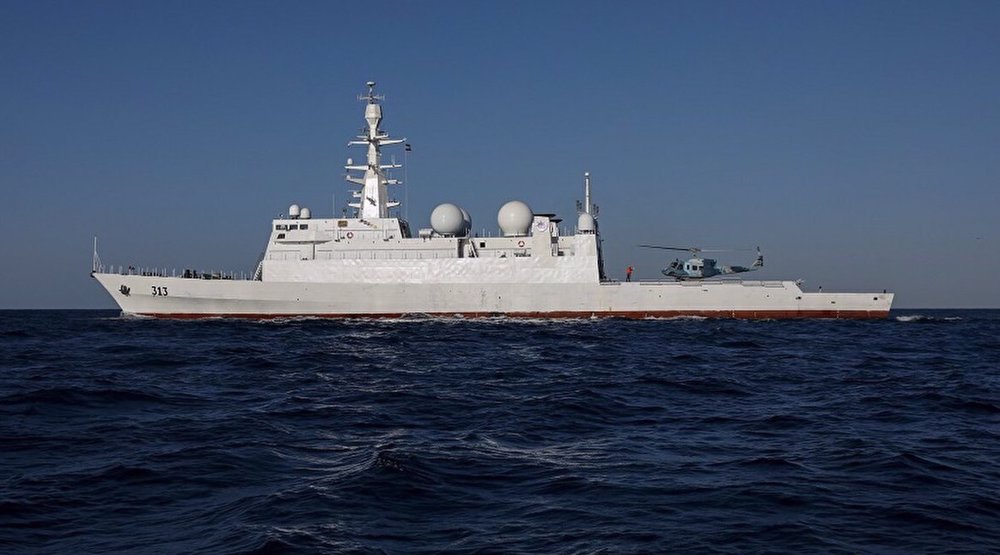
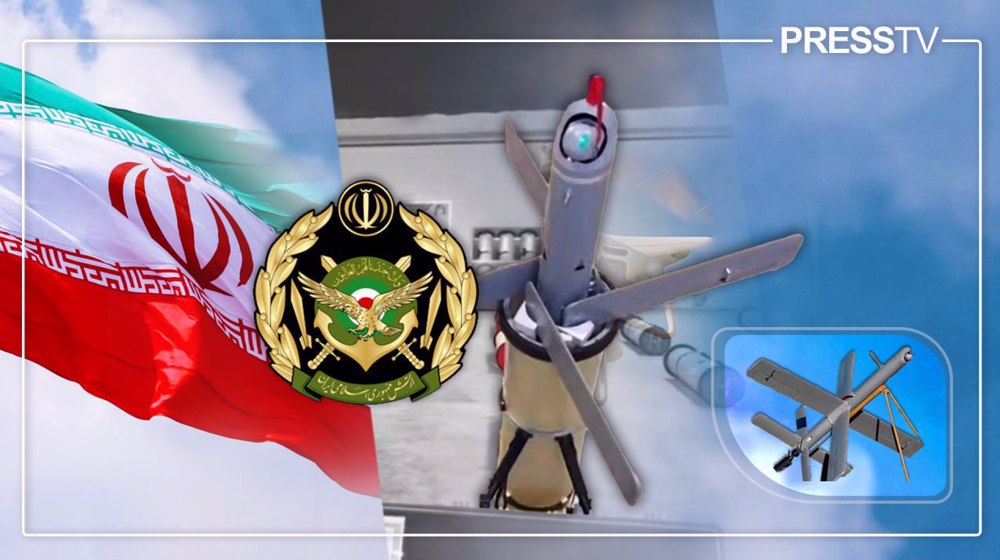
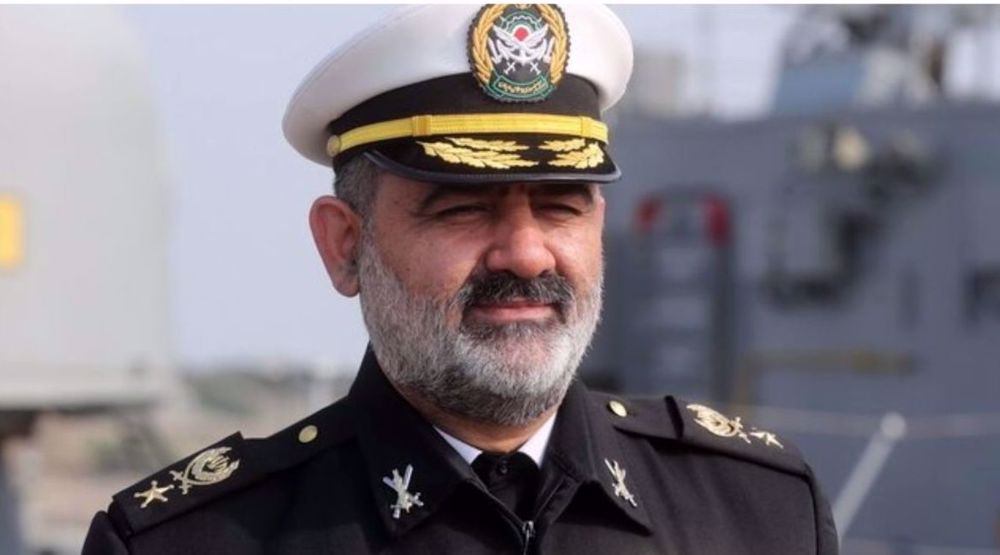



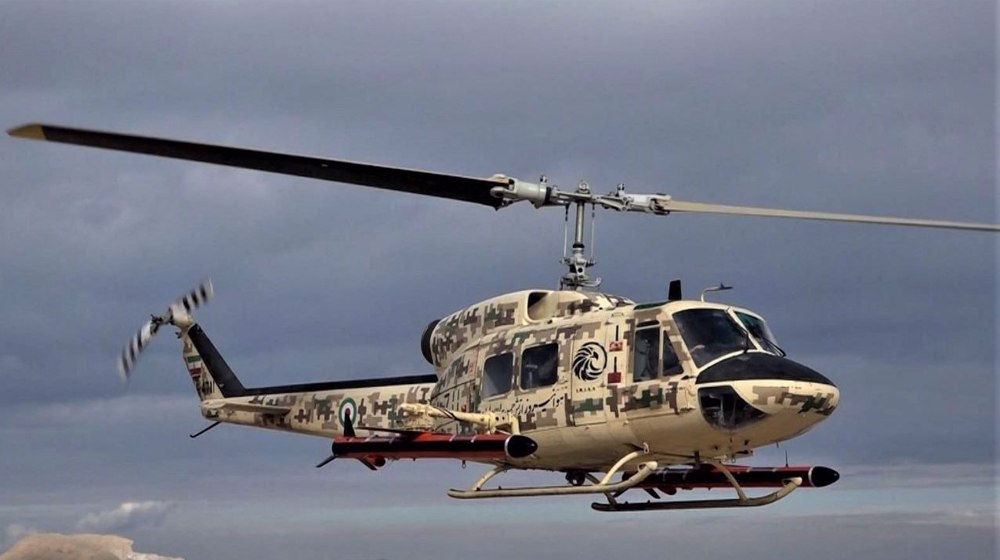
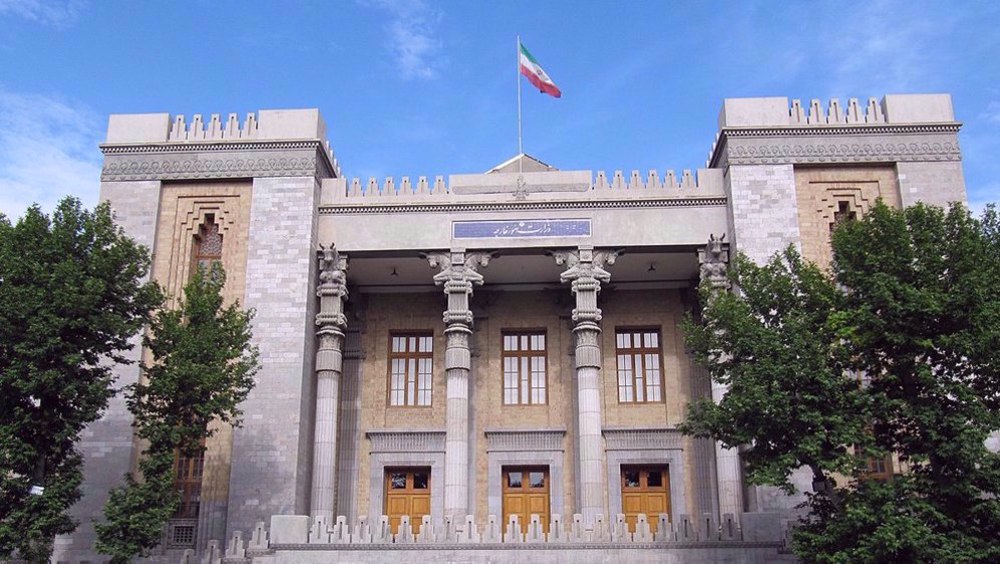
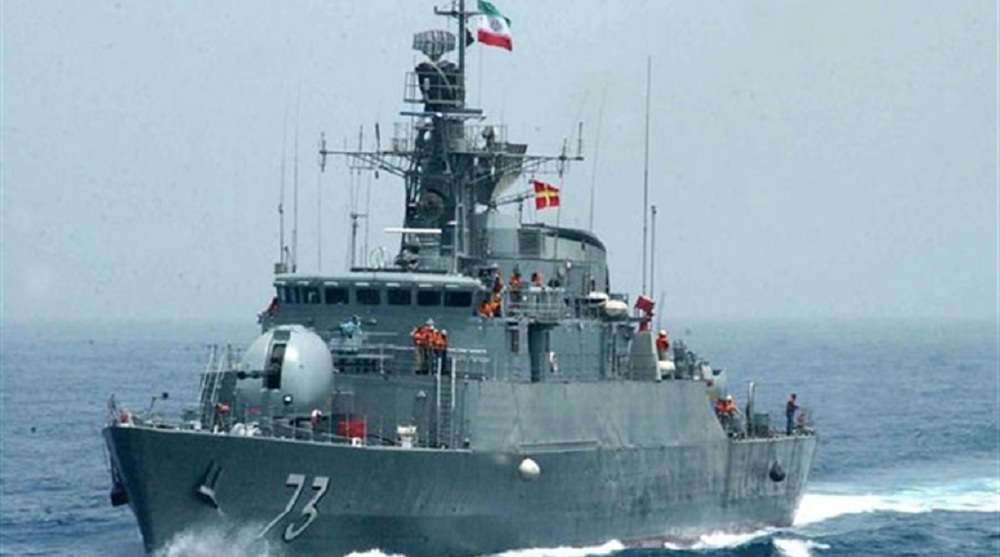
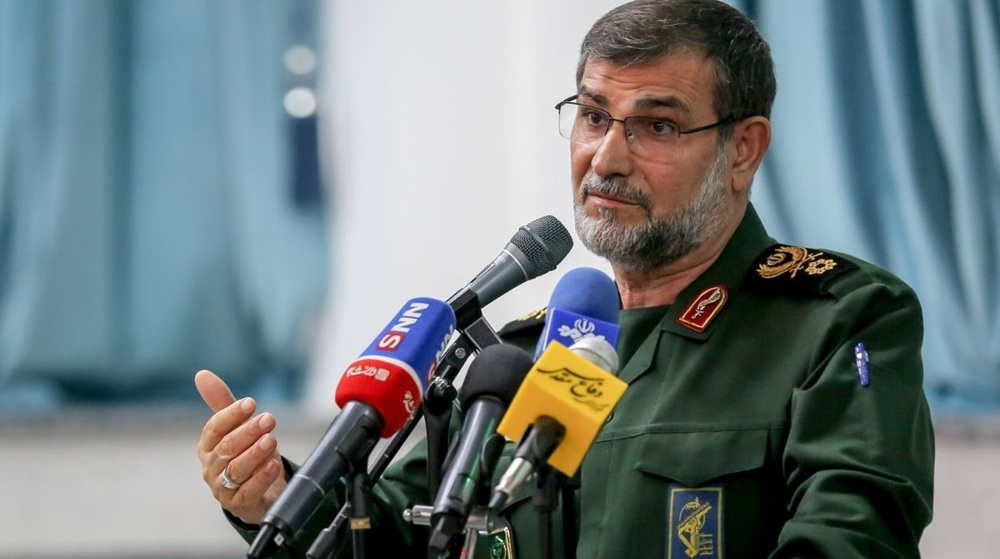
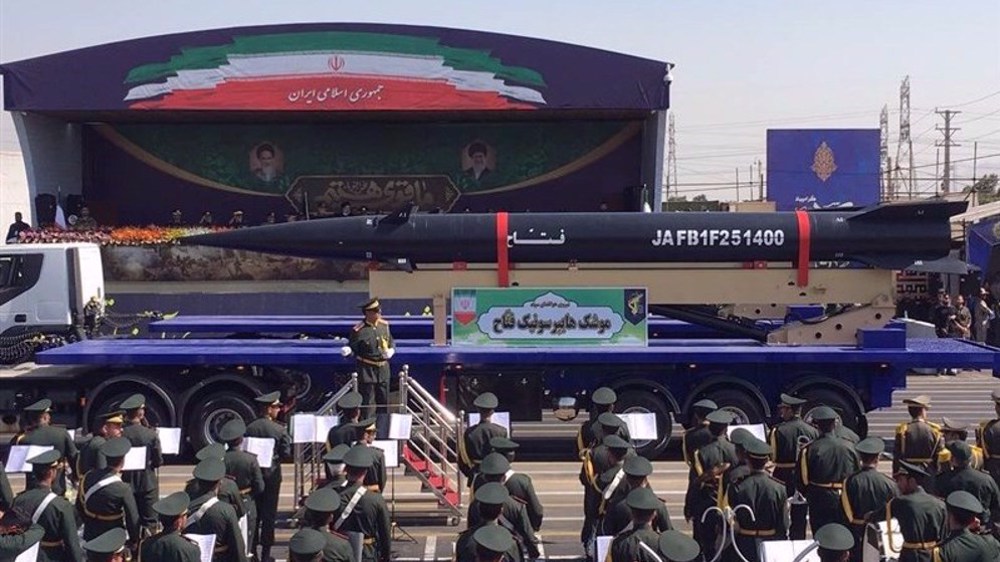

 This makes it easy to access the Press TV website
This makes it easy to access the Press TV website